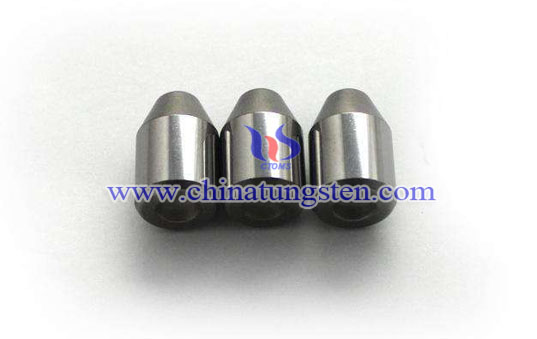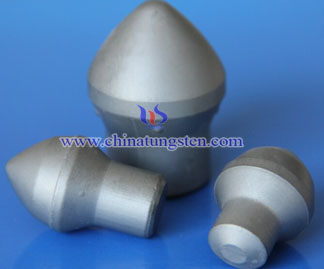Tungsten Carbide Button Quenching Aging Heat Treatment

Principle
The bond phase Co can undergo homogeneous isomerization transition. At room temperature, it is a close-packed hexagonal structure e-Co, which is poor in plasticity. When heated to 427 °C, it transforms into a face-centered cubic structure a-Co, which has high plasticity. When quenching and heating, W and C are dissolved in the Co binder phase, and e-Co is converted to a-Co. If rapid cooling quenching is performed, the conversion of a-Co to e-Co can be inhibited, and part of a-Co is retained. At room temperature, the grain refinement of the Co phase is promoted, and the strength and toughness of the alloy are improved. After quenching and then aging, the supersaturated air displacement of the alloy disappears to the grain boundary, dislocations, etc., thereby reducing lattice distortion, relaxing high stress regions, and improving the bending strength of the alloy.
Application
Many manufacturers at home and abroad have applied quenching aging heat treatment technology to the production of hard alloy ball teeth. The main methods include vacuum oil quenching natural aging treatment, vacuum gas quenching and tempering treatment. After the quenching aging heat treatment, the other performance indexes of the cemented carbide ball teeth are unchanged, but the impact toughness is obviously improved, and the hardness is also increased to some extent, so the service life is prolonged.

